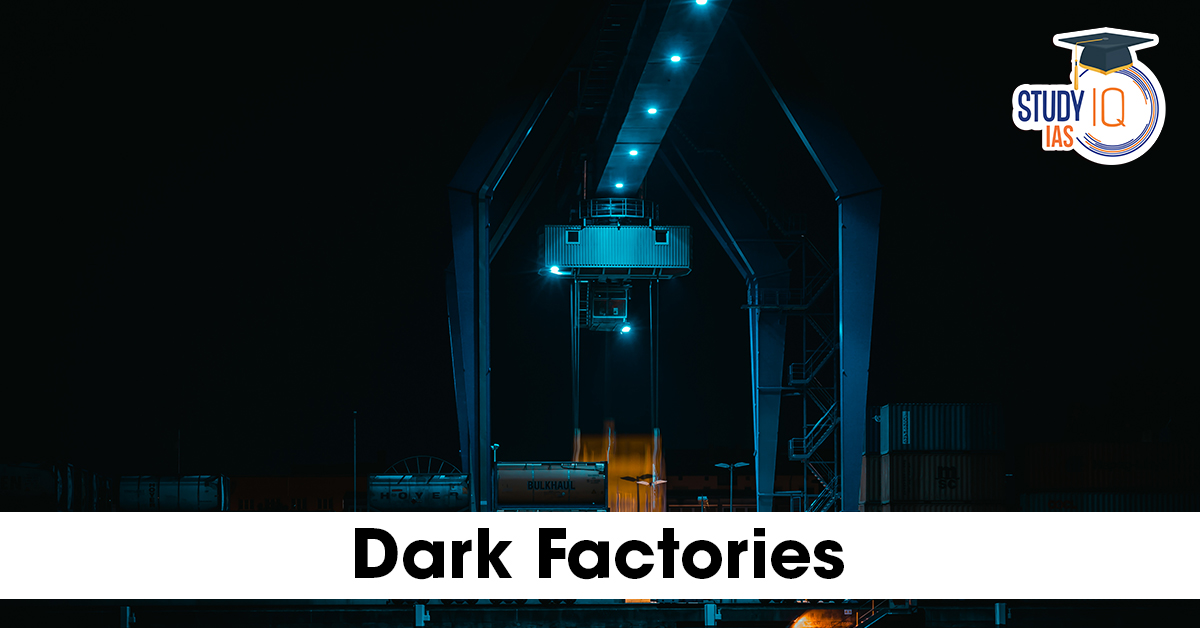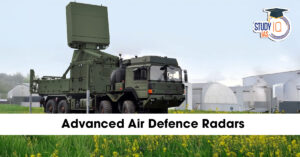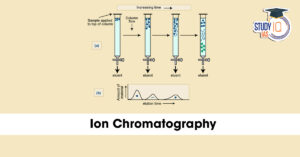Table of Contents
Context: In the TCS Annual Report for FY2025, Tata Sons Chairman N. Chandrasekaran emphasized a significant transformation in IT and business services, marked by a move toward autonomous operations powered by AI agents and robotics, paving the way for the emergence of ‘dark factories’.
What is Meant By Dark Factories?
- Dark Factories, also known as Lights-Out Manufacturing, are fully automated facilities where production is carried out without any human presence.
- These factories rely on a combination of robotics, artificial intelligence (AI), and the Internet of Things (IoT) to manage all manufacturing operations.
- With no human workers on-site, the facility can operate in complete darkness—hence the term “dark factory.”
Key Advantages
- Continuous Operations: Machines operate round the clock without the need for breaks, holidays, or shift transitions.
- Enhanced Efficiency: Automation minimizes errors and significantly speeds up production cycles.
- Cost Reduction: Limited human involvement lowers expenses related to salaries, insurance, and workplace safety.
- Improved Safety: Robots can take on dangerous tasks, reducing the risk of accidents and injuries.
- Scalability: AI-driven systems can quickly adjust to changing demands without requiring employee retraining.
Challenges and Limitations
- High Initial Investment: Significant capital is needed for robotics, AI systems, and supporting infrastructure.
- Job Displacement: Replacing human labor with automation raises social concerns around unemployment and inequality.
- Operational Risks: A single technical failure can potentially shut down the entire production line.
- Limited Flexibility: Unlike human workers, machines require complex reprogramming to adapt to new tasks or changes.
- Cybersecurity Vulnerabilities: Automated systems are susceptible to hacking, data breaches, and other cyber threats.


 Advanced Air Defence Radars: Types, Comp...
Advanced Air Defence Radars: Types, Comp...
 Ion Chromatography, Working and Applicat...
Ion Chromatography, Working and Applicat...
 Broadly Neutralising Antibodies (bNAbs):...
Broadly Neutralising Antibodies (bNAbs):...

























